Discover Your Life Lesson by Taking The Alchemy Symbology Quiz
Alchemists attempted to purify, mature, and perfect certain materials. Common aims were the transmutation of "base metals" (e.g., lead) into "noble metals" (particularly gold); the creation of an elixir of immortality; and the creation of panaceas able to cure any disease. The perfection of the human body and soul was thought to result from the alchemical magnum opus ("Great Work"). The concept of creating the philosophers' stone was variously connected with all of these projects.
The dawn of Western alchemy is sometimes associated with that of metallurgy, extending back to 3500 BC. Many writings were lost when the Roman emperor Diocletian ordered the burning of alchemical books after suppressing a revolt in Alexandria (AD 292). Few original Egyptian documents on alchemy have survived, most notable among them the Stockholm papyrus and the Leyden papyrus X.
Dating from AD 250–300, they contained recipes for dyeing and making artificial gemstones, cleaning and fabricating pearls, and manufacturing of imitation gold and silver. These writings lack the mystical, philosophical elements of alchemy, but do contain the works of Bolus of Mendes, which aligned these recipes with theoretical knowledge of astrology and the classical elements. Between the time of Bolus and Zosimos, the change took place that transformed this metallurgy into a Hermetic art.
-
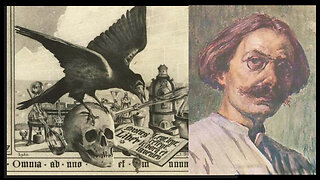 21:48
21:48
Nickdk
7 months agoAlchemy - The Secrets and The Mysteries of Fulcanelli
114 -
 32:03
32:03
MikaelCross
11 months ago“Alchemy's Legacy in India: Soma and it’s Ancient Mysteries" #viral #hindu #alchemy
530 -
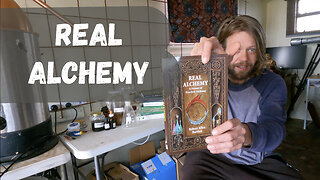 10:42
10:42
Alchemical Science
1 year agoModern History of Real Alchemy
2611 -
 25:22
25:22
MikaelCross
11 months agoHermes Trismegistus and Alchemy: Hellenistic Insights #alchemy #greece #hermes
698 -
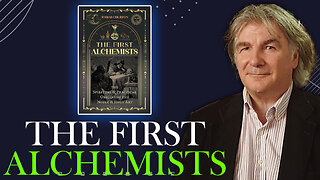 1:10:20
1:10:20
JSuwak
8 months agoThe First Alchemists with Tobias Churton
39 -
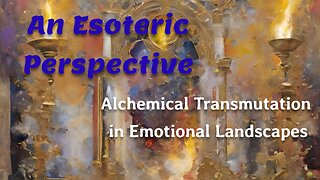 22:51
22:51
Gazing into the Depths of your Mind, Body, and Soul
7 months agoAn Esoteric Perspective: The Alchemy of Emotions
210 -
 21:06
21:06
Alchematron
1 year agoChristmas Symbolism & Alchemical Physiology
1321 -
 14:02
14:02
MysteriousStories
5 months agoAlchemy's Greatest Secret: The Philosopher's Stone Revealed
18 -
 1:21
1:21
THE LIGHT IS THE TRUTH
1 year agoTHE ENERGIES OF THE 7 TRADITIONAL METALS OF ALCHEMY
25 -
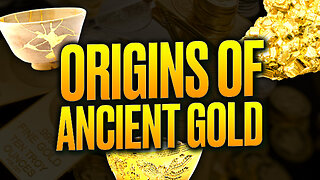 10:53
10:53
Gold & Silver Central
6 months agoFrom Alchemy to Artistry: How Was Gold Made In Ancient Times?
23